Mitsubishi PLA-RP Bruksanvisning
Mitsubishi
Luftkonditionering
PLA-RP
Läs gratis den bruksanvisning för Mitsubishi PLA-RP (44 sidor) i kategorin Luftkonditionering. Guiden har ansetts hjälpsam av 31 personer och har ett genomsnittsbetyg på 3.8 stjärnor baserat på 16 recensioner. Har du en fråga om Mitsubishi PLA-RP eller vill du ställa frågor till andra användare av produkten? Ställ en fråga
Sida 1/44

SERVICE MANUAL
SPLIT-TYPE, HEAT PUMP AIR CONDITIONERS
SPLIT-TYPE, AIR CONDITIONERS
NOTE:
• This manual describes
only service data of the
indoor units.
• RoHS compliant prod-
ucts have <G> mark on
the spec name plate.
CONTENTS
1. TECHNICAL CHANGES.................................. 2
2. REFERENCE MANUAL...................................
2
3. SAFETY PRECAUTION...................................
3
4. PART NAMES AND FUNCTIONS................... 4
5. SPECIFICATIONS............................................
7
6. NOISE CRITERION CURVES.........................
11
7. OUTLINES AND DIMENSIONS......................
13
8. WIRING DIAGRAM .........................................
14
9. REFRIGERANT SYSTEM DIAGRAM............
16
10. TROUBLESHOOTING....................................17
11. SPECIAL FUNCTION .....................................
32
12. DISASSEMBLY PROCEDURE ....................... 41
Indoor unit
[Model names] [Service Ref.]
WIRED REMOTE
CONTROLLER
WIRELESS REMOTE
CONTROLLER
ON/OFF TEMP
ON/OFF
TEMP.
INDOOR UNIT
Model name
indication
PARTS CATALOG (OCB412)
No. OCH412
REVISED EDITION-D
March 2009
Revision:
• PLA-RP140BA2.UK
is added in REVISED
EDITION-D.
• Some descriptions have
been modified.
• Please void OCH412
REVISED EDITION-C.
PLA-RP35BA
PLA-RP50BA
PLA-RP60BA
PLA-RP71BA
PLA-RP100BA
PLA-RP125BA
PLA-RP140BA
PLA-RP71BA2
PLA-RP100BA2
PLA-RP125BA2
PLA-RP140BA2
PLA-RP35BA.UK
PLA-RP35BA1.UK PLA-RP35BA#2.UK
PLA-RP50BA.UK
PLA-RP50BA1.UK PLA-RP50BA#2.UK
PLA-RP60BA.UK
PLA-RP60BA1.UK PLA-RP60BA#2.UK
PLA-RP71BA.UK
PLA-RP71BA1.UK PLA-RP71BA#2.UK
PLA-RP100BA.UK PLA-RP100BA#2.UK
PLA-RP125BA.UK PLA-RP125BA#2.UK
PLA-RP140BA.UK PLA-RP140BA#2.UK
PLA-RP71BA2.UK
PLA-RP100BA2.UK
PLA-RP125BA2.UK
PLA-RP140BA2.UK
Produktspecifikationer
| Varumärke: | Mitsubishi |
| Kategori: | Luftkonditionering |
| Modell: | PLA-RP |
Behöver du hjälp?
Om du behöver hjälp med Mitsubishi PLA-RP ställ en fråga nedan och andra användare kommer att svara dig
Luftkonditionering Mitsubishi Manualer

16 September 2025
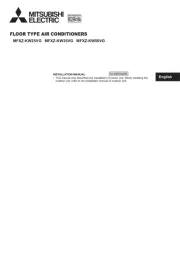
16 September 2025
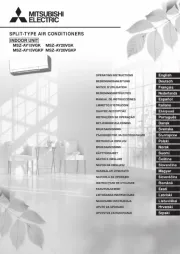
16 September 2025

16 September 2025
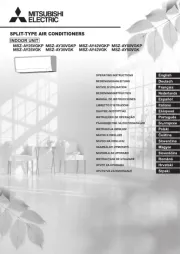
16 September 2025
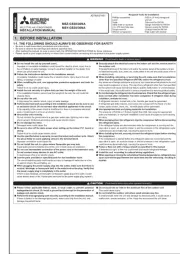
1 September 2025
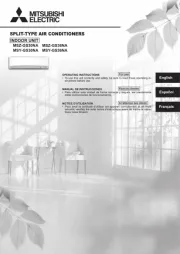
1 September 2025
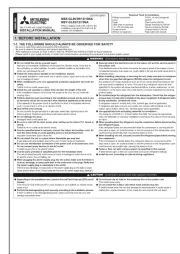
31 Augusti 2025
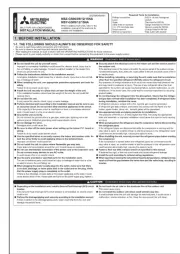
31 Augusti 2025
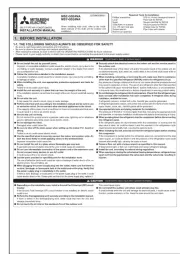
31 Augusti 2025
Luftkonditionering Manualer
- Comfee
- Buderus
- Acson
- RCA
- Midea
- Clean Air Optima
- SMD
- Profilo
- Honeywell
- Jocca
- SEIKI
- Fujitsu
- Sungrow
- Daikin
- Qlima
Nyaste Luftkonditionering Manualer
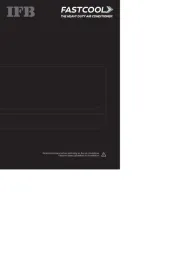
20 Oktober 2025
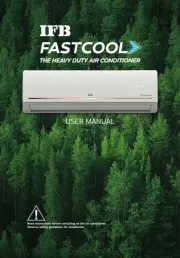
20 Oktober 2025
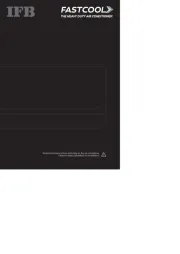
20 Oktober 2025
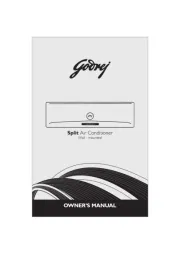
19 Oktober 2025
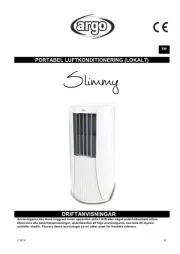
17 Oktober 2025
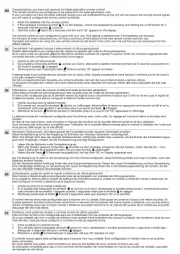
17 Oktober 2025
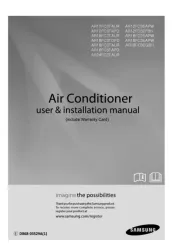
16 Oktober 2025
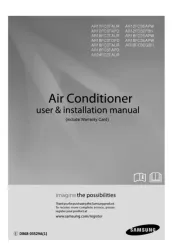
16 Oktober 2025
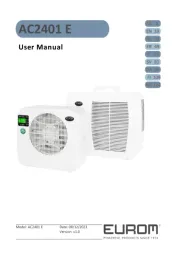
16 Oktober 2025
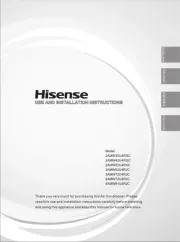
13 Oktober 2025